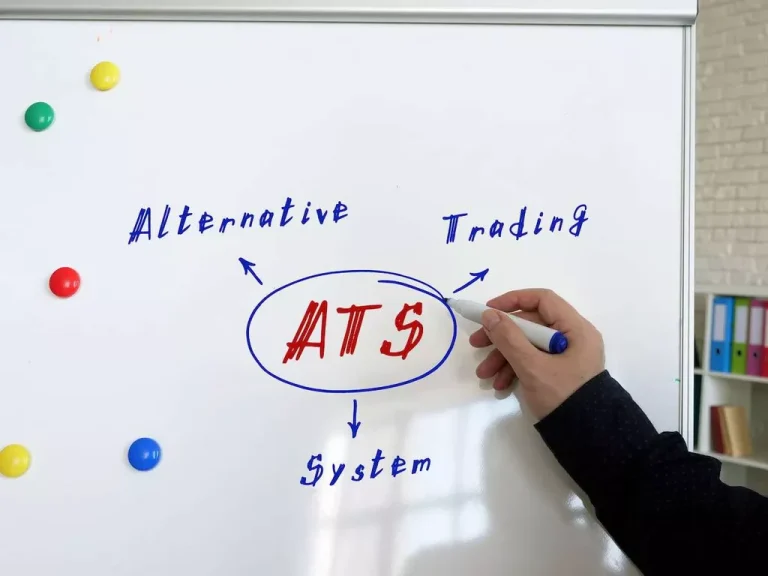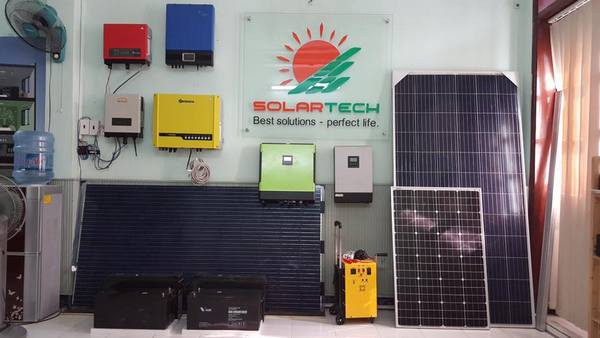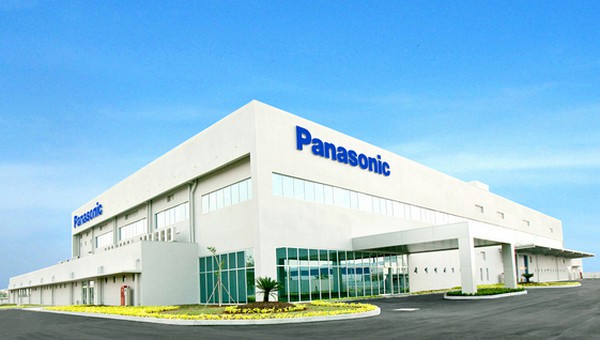FinTech
Private Blockchains Vs Public Blockchains: Whats Best?
NỘI DUNG TRANG
The widespread of blockchain know-how has eloped to develop many services in blockchain development. Blockchain has not solely benefited the digital foreign money public vs private blockchain growth, however it has also been used in different massive sectors like Data analytics, provide chain administration, Agriculture, Tourism, and much more. Generally, blockchain has two main sorts namely public and private blockchain. In this article, allow us to analyze the most important difference between the personal and public features together with its features. Blockchain technology underpins cryptocurrencies like Bitcoin, however its functions extend far past. It capabilities as a secure, decentralised database shared throughout a network of computer systems.
What Are Some Great Advantages Of A Public Blockchain?
The log is duplicated and distributed throughout the entire community of laptop techniques in blockchain, where each block within the chain accommodates several transactions. Every time a model new transaction happens, they are added to every participant’s ledger. A blockchain consists of an rising record of data referred to as blocks. These blocks are connected using cryptography, each block containing a cryptographic hash of the previous block.
Advantages Of Personal Blockchain
Mining is a characteristic of a public blockchain that helps customers receive rewards for their support in the network. It also holds features of public and private blockchain however is dissimilar in that multiple organisation members collaborate for a decentralised community. A consortium blockchain is a non-public blockchain that limits the access of a particular group, which eliminates the danger that comes with having one entity management the network on a personal blockchain. The system is decentralized and does not have any entity which supervises or controls the community. Data on a public blockchain is safe as it’s not attainable to modify or alter information as quickly as they are validated.
- For any addition to the blockchain, a lot of the nodes must be in harmony.
- It stays decentralised among its permissioned community participants.
- Due to the various varieties of consensus mechanism used like “proof-of-work” (PoW), high ranges of carbon emission happen.
- If nearly all of nodes agree upon the transaction, it is added to the blockchain.
- With a permissioned blockchain, the level of knowledge sharing may be managed.
Use Instances Of Blockchain In Different Domains
They have predetermined consensus guidelines and use blockchain network mining for validating and including transactions. Blockchains are based mostly on distributed ledgers, which have existed on the enterprise stage for many years to handle information. However, they’ve only just lately become popular and fascinating as a end result of cryptocurrency introduced the idea to the public. This article will focus on the distinction between non-public and public blockchains. Blockchain know-how is turning into the most recent pattern and has created plenty of buzz in the tech industry.
Users can’t independently audit or confirm it, which can result in much less safety. Also, because the network is decentralized, there isn’t a single point of failure that can be exploited by bad actors. There are built-in incentives to encourage good conduct and discourage bad conduct in PoS blockchains where stakers are rewarded for holding and staking cryptocurrency. These incentives assist to align the pursuits of network individuals and encourage them to behave in one of the best pursuits of the community. Public blockchains rely on a group of customers and stakeholders to make choices in regards to the community.
Permissioned blockchains have limited access; therefore, it increase the community pace. Since the knowledge is shared solely between the member nodes, the belief degree will be high. Permissioned blockchains are decentralised solely among the restricted member nodes. With pre-set rules and rules, permissioned blockchains guarantee information confidentiality. Hybrid blockchain combines components of both private and public blockchain. The controlling group sets permission levels, security, authorizations and accessibility.
It permits anybody to take part through a proper network connection. However, it lacks privateness and consumes plenty of energy due to its heavy load of users. Public blockchain are utterly transparent, which means that anyone can view all transactions on the community. Let’s dive into a comparability of public vs. non-public blockchain for tokenization down beneath. Starting 2017, real world asset tokenization (RWA) emerged as a game-changer use case of blockchain expertise. Now in 2024, the RWA market is exploding with an expected $16.1 trillion in tokenized property by 2030.
Blockchain doesn’t require any extra overhead or intermediaries. Having a decentralized, single source of fact reduces the value of executing trusted business interactions amongst events that might not fully trust each other. In a permissioned blockchain, used by most enterprises, participants are authorized to take part within the network, and each participant maintains an encrypted record of every transaction. These ‘members’ are typically organizations that wish to use the blockchain for inside purposes, like managing their supply chain or monitoring stock.
This would allow anyone to verify the authenticity of the shopper knowledge by comparing the saved hash to the hash of the present data. Like these scenarios, there are alternative ways by which the various blockchain networks come into motion depending upon the problem assertion and requirements of the organizations. A non-public blockchain is nearly at all times efficient since just some nodes have authorization and entry to the ledger. These steps signify good notice for the right selection of Blockchains beneath completely different circumstances.
The environment friendly way to store the knowledge is by generating the cryptographic hash of the doc and storing that on the blockchain with the timestamp. Hash values are a lot smaller as compared to their corresponding paperwork and save an enormous amount of area and cost. However, decision-making is totally different for every trade to adopt which blockchain to apply and depends on the sort of information collected and entry particular person to learn, write and observe the blockchain. Blockchain know-how has made vital inroads into the banking sector, offering a range of transformative solutions that enhance safety, efficiency, and transparency in monetary operations.
Any particular person can see the ledger, read, write and participate in the consensus course of. Blockchain is the formation and execution of contracts (smart contracts); here, in the digital house, the software dictates the obligation, which when fulfilled, executes the transaction. Can these be treated as contracts like our traditional ones or is its enforceability the same? Further, new laws relating to contracts should be legislated to administrate blockchain-driven contracts. As has been talked about above and throughout this text, blockchain is a decentralised system and it is difficult to find the individual.
Read more about https://www.xcritical.in/ here.









